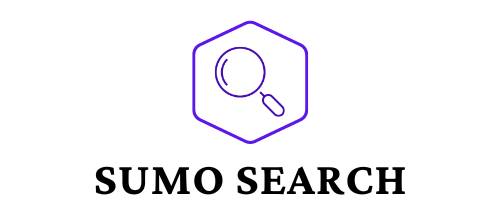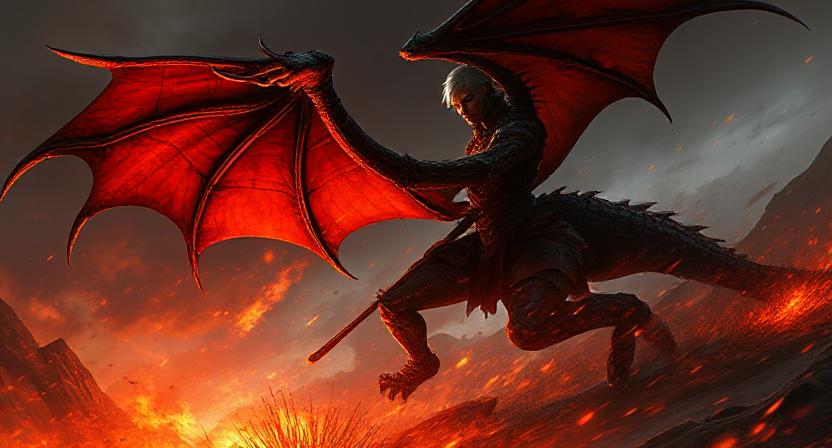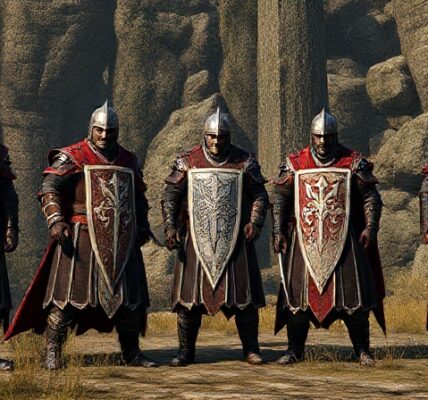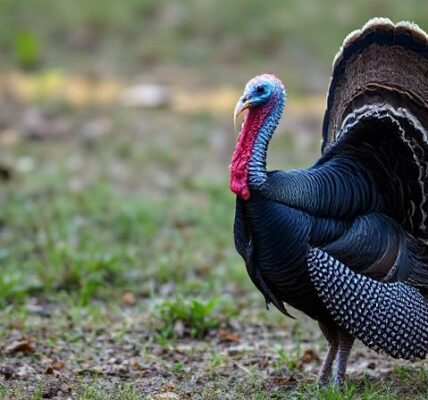In the world of mythology, few creatures are as intriguing as the Fenris Dragon. While often confused with the Norse wolf Fenrir, the term “Fenris Dragon” evokes a powerful image of a mythical beast rooted in ancient legends but reimagined in modern fantasy lore. This article explores the origins, symbolism, and contemporary usage of the Fenris Dragon in games, literature, and popular culture.
What Is the Fenris Dragon?
The term Fenris Dragon is not found in traditional Norse mythology but is a modern blend of two powerful mythological archetypes:
-
Fenris (or Fenrir): A monstrous wolf from Norse mythology, destined to kill Odin during Ragnarök.
-
Dragon: A symbol of immense power, danger, and sometimes wisdom in many cultures.
The combination of Fenris and dragon creates a hybrid mythological figure—imagined as a draconic beast with the ferocity and destructive prophecy of Fenrir and the awe-inspiring might of a dragon.
The Mythological Origins of Fenris
<h3>The Story of Fenrir in Norse Myth</h3>
Fenrir, often spelled Fenris in older texts, was one of the three children of the trickster god Loki and the giantess Angrboda. According to Norse myths:
-
He was raised by the gods but grew rapidly and became uncontrollable.
-
The gods feared his power and attempted to bind him with magical chains.
-
Eventually, they succeeded with a ribbon-like chain called Gleipnir, made from impossible things (e.g., the sound of a cat’s footfall).
-
Fenrir is prophesied to break free during Ragnarök, the Norse end of the world, where he kills Odin before being slain by Odin’s son, Víðarr.
Though Fenrir is traditionally a wolf, some modern reinterpretations depict him with draconic features, giving rise to the term Fenris Dragon.
The Evolution of the Fenris Dragon in Popular Culture
The concept of the Fenris Dragon gained popularity in fantasy literature, tabletop RPGs, and video games, where creative reinterpretations of mythology are common.
<h3>Fenris Dragon in Video Games and Fantasy Worlds</h3>
In games like Dungeons & Dragons or Elder Scrolls, developers often blend mythologies to create unique monsters or deities. A Fenris Dragon might be:
-
A massive black dragon with glowing red eyes, tied to chaos or destruction.
-
A beast bound in chains, representing a dark prophecy or an ancient evil waiting to be unleashed.
-
A guardian of the underworld or a bringer of the apocalypse, mirroring Fenrir’s role in Norse myth.
Some players and fantasy writers use the term Fenris Dragon to describe a homebrew creature, often combining:
-
The uncontrollable rage of Fenrir
-
The flight and fire of dragons
-
The doom-laden destiny of apocalyptic myth
Symbolism Behind the Fenris Dragon
The Fenris Dragon symbolizes more than just brute strength. Its mythological roots and modern adaptations give it deep symbolic meaning.
<h3>Chaos and Rebellion</h3>
Like Fenrir, the Fenris Dragon often represents chaos, rebellion against the gods, or the unstoppable force of nature that cannot be contained.
<h3>Power and Fear</h3>
Dragons are typically feared and revered. A Fenris Dragon embodies the ultimate fearsome being—one that cannot be reasoned with and cannot be stopped.
<h3>Destiny and Doom</h3>
Fenrir’s role in Ragnarök makes him a symbol of fate. When combined with a dragon, the creature becomes a harbinger of the end times, embodying destiny that is both unavoidable and terrifying.
Fenris Dragon in Modern Media
Though the Fenris Dragon is not a widely standardized creature in mainstream mythology, it frequently appears in various media under different guises:
-
Comics and graphic novels: Often featured as a mythical antagonist or guardian.
-
Fantasy novels: Used as a metaphor for unstoppable change or destruction.
-
TV shows and anime: Occasionally portrayed as a summoned beast or god-like entity.
-
Online fantasy wikis and fan fiction: The term “Fenris Dragon” appears as a powerful boss creature or legendary figure.
These portrayals help keep the concept alive and evolving in the minds of fantasy fans and mythology enthusiasts.
The Fenris Dragon in Tabletop and Role-Playing Games
In Dungeons & Dragons (D&D) and similar RPGs, dungeon masters often invent or adapt creatures for narrative purposes. A Fenris Dragon could be:
-
A unique boss in a Norse-themed campaign.
-
A transformed version of Fenrir, cursed or evolved into a dragon by gods or magic.
-
A demonic entity masquerading as a dragon with wolfish features.
<h3>Stats and Abilities (Homebrew Example)</h3>
If you’re designing a Fenris Dragon for a tabletop campaign, here are some creative ideas:
-
Type: Dragon (Chaos-aligned)
-
Size: Gargantuan
-
Abilities:
-
Apocalyptic Roar (causes fear and paralysis)
-
Ragnarök Flame (necrotic and fire damage)
-
Unbreakable Will (resistant to magical bindings or control)
-
Fenrir’s Bite (critical hit causes bleeding or cursed wounds)
-
This makes the creature not only a physical threat but also a powerful narrative force.
How to Use the Fenris Dragon in Storytelling
Whether you’re writing a novel, building a game, or telling a myth-inspired tale, the Fenris Dragon can serve multiple narrative roles:
<h3>As a Villain</h3>
A chained dragon that brings destruction upon release, tied to a prophecy or ancient wrong.
<h3>As a Guardian</h3>
A misunderstood creature guarding a relic or gate to another world—its fearsome appearance hides a deeper truth.
<h3>As a Symbol</h3>
Used metaphorically to represent a looming crisis, unstoppable revolution, or a hero’s inner demon.
Conclusion: Why the Fenris Dragon Captivates Us
The Fenris Dragon is more than just a mythical mashup—it represents the fusion of primal chaos and legendary power. Drawing from the tragic lore of Fenrir and the awe-inspiring nature of dragons, this creature speaks to our fascination with destiny, destruction, and the struggle between control and chaos.
Whether you’re a mythology lover, a fantasy writer, or a game designer, the Fenris Dragon offers a powerful archetype full of depth, symbolism, and story potential.





